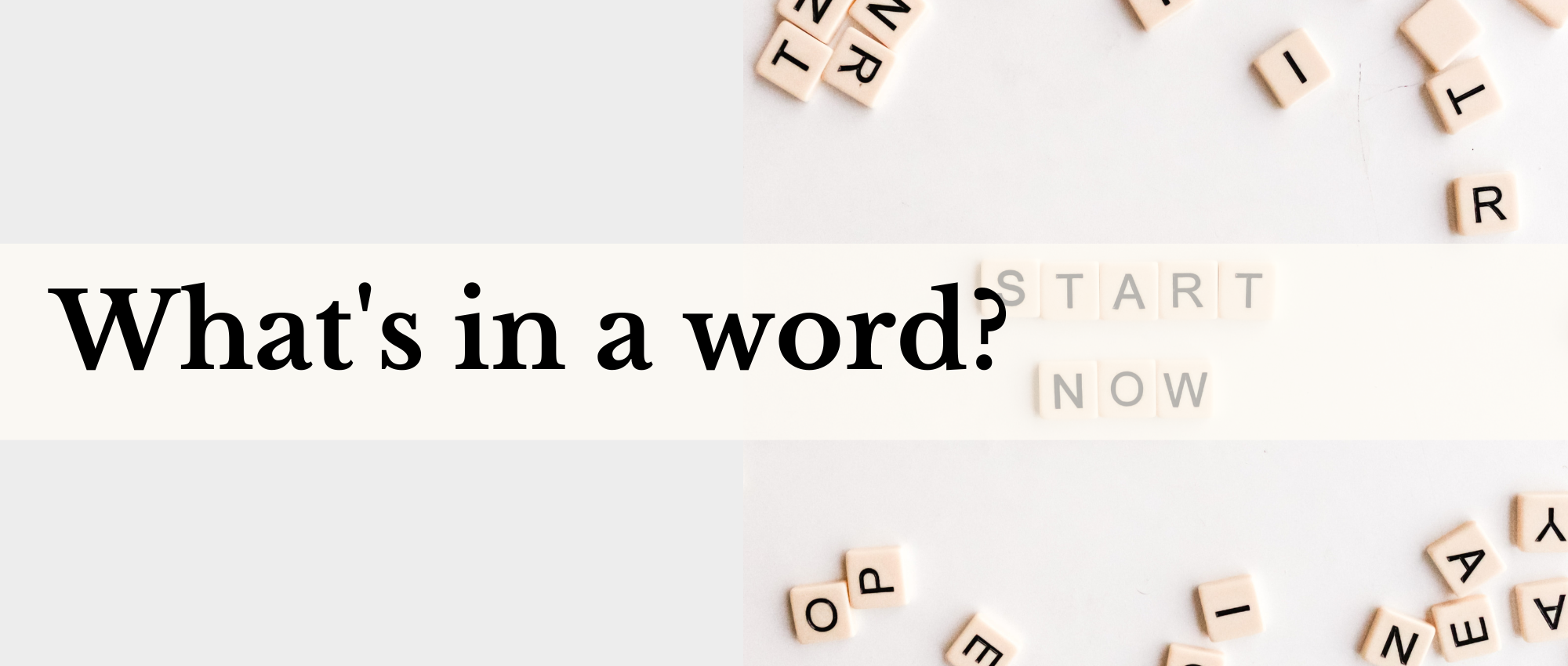What’s in a Word?
With the recent launch of collaborations with the Massachusetts Department of Mental Health and the Department of Public Health, including a campaign for 988, the Suicide Lifeline; and Wander, a destressing tool for preteens; we’ve been thinking a lot about the language of emotional, mental, and behavioral health, and our role in shaping it to wider audiences.
Over the past several years, the vocabulary around mental health has continuously evolved. Terms once commonly used to describe mental health are outdated and would be considered reductive (and offensive) if used today.
Using the right language isn’t just about being politically correct, though. It’s about identifying with and acknowledging your role in helping shape the lived realities of your audience.
Here are three steps that we’ve taken as an agency, that your organization can immediately put into action for internal and public-facing efforts:
Stay up to date.
We consistently consult experts and resources to ensure we’re culturally appropriate, and avoiding problematic language. Two good resources for your organization to start with are the National Institute of Mental Health glossary and the Massachusetts’ Department of Public Health glossary.
Know your audience.
Particularly when targeting underrepresented audiences, we also make a point of cross-checking language for cultural competency and situational nuance, through formative research directly with those we are trying to reach.
The value of engaging your audiences throughout the process can’t be overstated.
Start with your own words.
After the launch of a campaign with the Massachusetts Department of Mental Health several years ago, we retired the word “crazy” around the office, opting instead to use “wild” so as to not perpetuate the stigmas associated with the former.
We know that even simple grassroots adjustments aren’t immediate in any organization; but small changes around the words you choose to use are exactly what resonate, build credibility, and demonstrate a commitment to your audiences.
As an organization, your power and potential to make positive change rests on the ability to speak, market, and brand with intention. So much of who we are is carried in the words we use, with intention. That’s why we, as an agency, exist.
Stay tuned for more Intentional Language Series tips, tricks and thoughts, coming soon. In the mean time, check out our #TerminologyTuesday series on LinkedIn and Instagram.
SUBSCRIBE
SHARE
